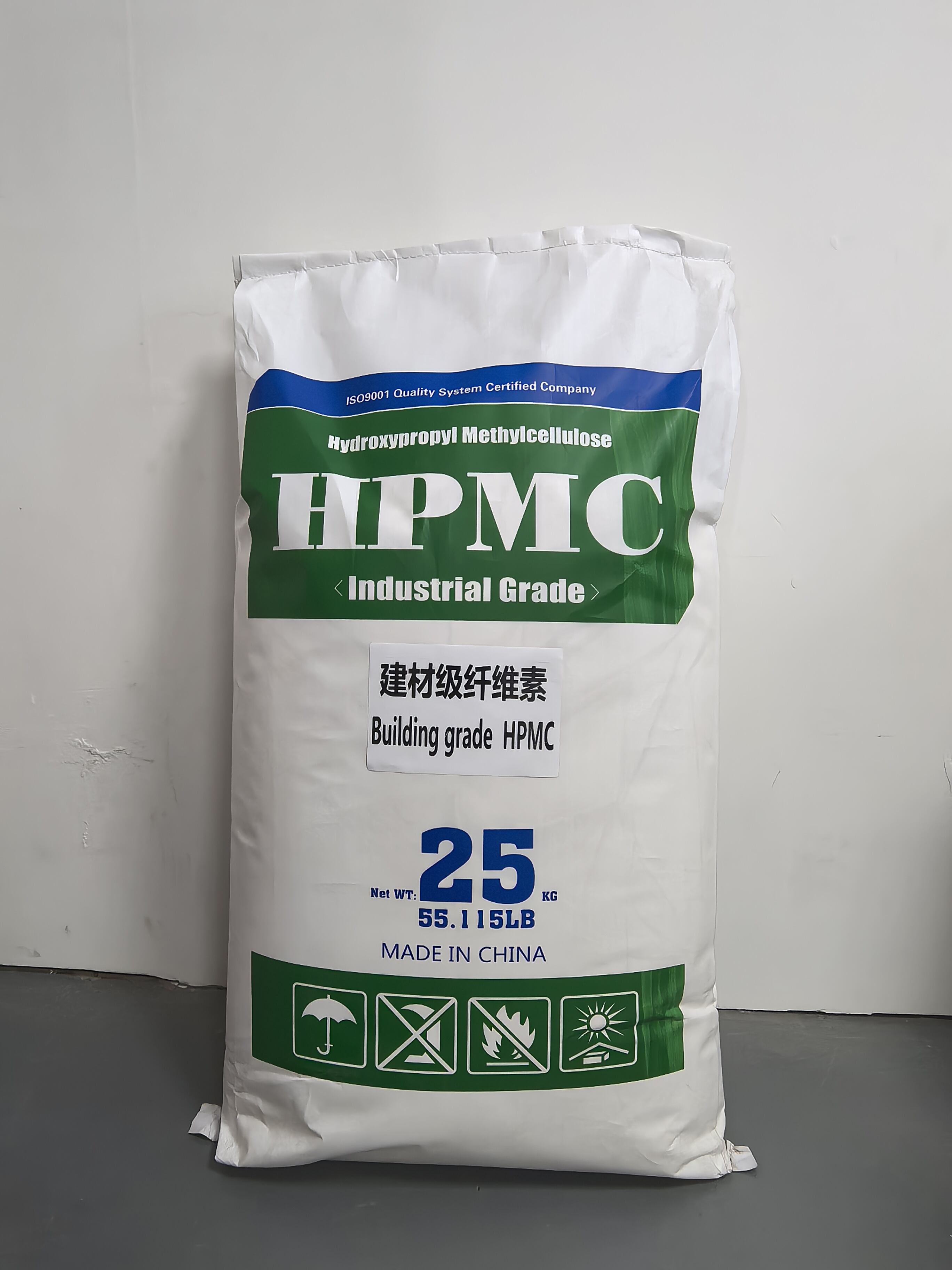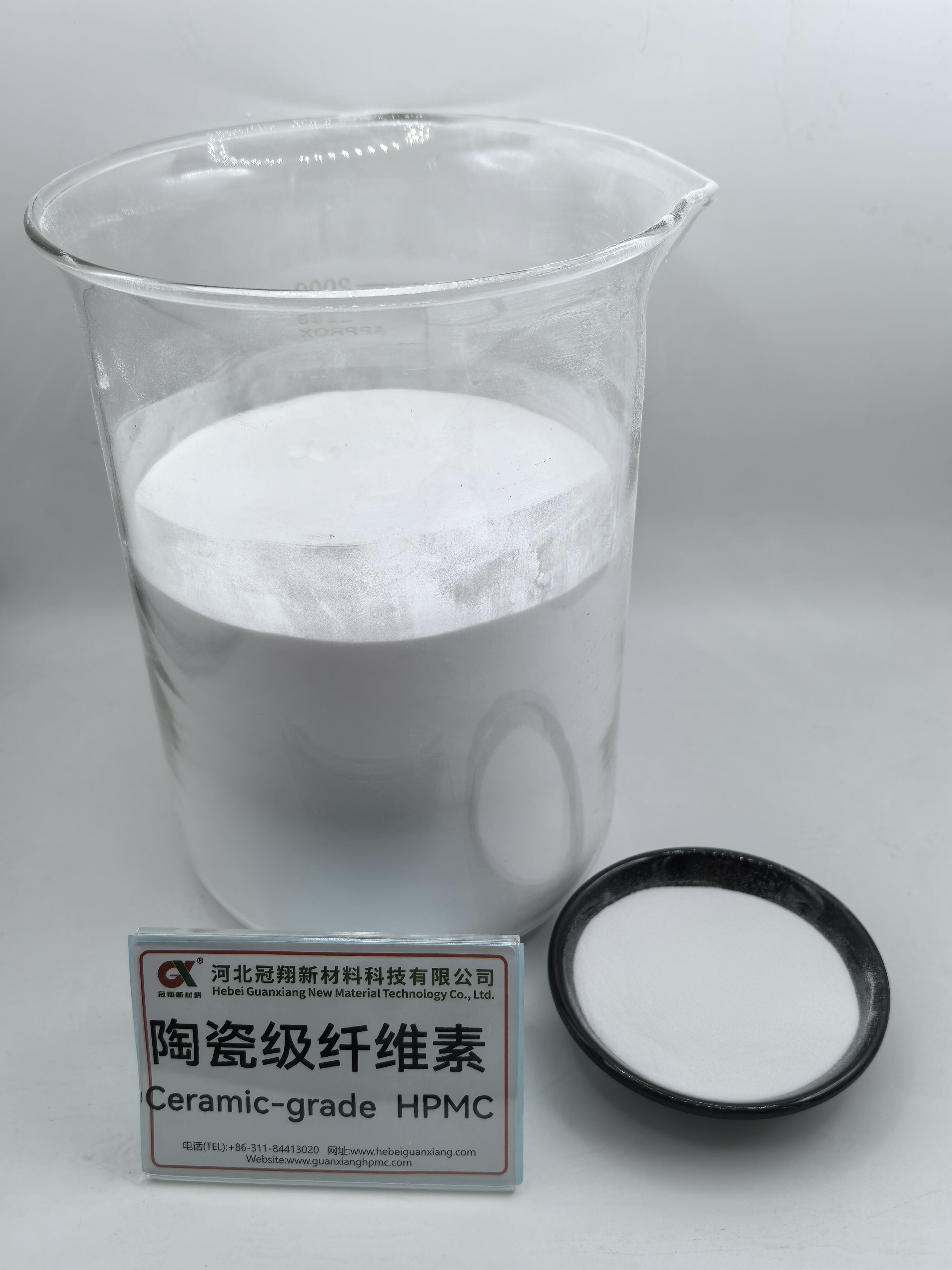Modern Üretimde Seramik Sınıfı Selülozun Devrimci Etkisini Anlamak
Günümüzün gelişmiş üretim dünyasında, seramik sınıfı selüloz çeşitli sektörleri dönüştüren bir anahtar malzeme olarak öne çıkmıştır. Sürdürülebilir bitki kaynaklarından elde edilen bu özel selüloz türü, seramik üretimi ve çeşitli endüstriyel uygulamalarda vazgeçilmez kılan olağanüstü özellikler sunar. Üreticiler giderek daha fazla çevre dostu ve yüksek performanslı malzemeler ararken, seramik sınıfı selüloz çok yönlülüğü ve etkinliği ile dikkat çekmektedir.
Seramik sınıfı selülozun doğal bir polimerden endüstriyel bir güç haline gelmesi, malzeme bilimindeki en önemli gelişmelerden birini temsil eder. Benzersiz moleküler yapısı ve işleme kabiliyeti, seramik üretiminde yeni olanaklar açmış ve ürün kalitesinin artmasına ve çevresel etkilerin azalmasına yol açmıştır.
Temel Özellikler ve Karakteristikler
Kimyasal Bileşen ve Yapı
Seramik sınıfı selüloz, seramik uygulamaları için özel olarak işlenmiş yüksek saflıkta selüloz liflerinden oluşur. Bu malzeme, olağanüstü bağlayıcı özellikler ve kontrollü reoloji sağlar. Moleküler yapısı, seramik süspansiyonlarında üstün dağılım sağlarken üretim süreci boyunca viskozitenin tutarlı kalmasını mümkün kılar.
Seramik sınıfı selülozdaki saflık seviyeleri olağanüstü derecede yüksektir ve genellikle %99,5'in üzerindedir. Bu yüksek saflık, seramik formülasyonlarında minimum etkileşimi sağlar ve nihai ürünlerde optimal sonuçlara ulaşılmasına yardımcı olur. Dikkatlice kontrol edilen lif uzunluğu dağılımı, çeşitli uygulamalarda üstün performansına katkıda bulunur.
Fiziksel Özellikler ve Performans Özellikleri
Seramik sınıfı selülozun en dikkat çekici özelliklerinden biri, ekstrem koşullar altında yapısal bütünlüğünü koruyabilmesidir. Bu malzeme, yüksek sıcaklıklarda seramik işleme için kritik olan mükemmel termal stabiliteye sahiptir. Benzersiz lif morfolojisi, seramik ürünlerine artan mukavemet ve homojenlik sağlarken hataları azaltır ve genel kaliteyi iyileştirir.
Malzemenin yüksek yüzey alanı ve özel lif boyutları, üstün yapıştırma kapasitesine katkıda bulunur. Bu özellikler, seramik karışımlarında daha iyi partikül dağılımını mümkün kılar ve işleme sırasında optimal reolojik özelliklerin elde edilmesine yardımcı olur.
Üretim Avantajları ve Süreç İyileştirmeleri
İyileştirilmiş Üretim Verimliliği
Seramik üretim süreçlerine entegre edildiğinde, seramik sınıfı selüloz üretimi verimliliğini önemli ölçüde artırır. Sürüşme viskozitesi üzerinde daha iyi kontrol sağlamasına olanak tanır ve üretim döngüsü boyunca tutarlı akış özelliklerinin korunmasına yardımcı olur. Bu durum, üretim sürelerinin kısalmasına ve verim oranlarının artmasına neden olarak önemli maliyet tasarrufları sağlar.
Malzemenin sulu sistemlerdeki mükemmel dağılabilirliği ve kararlılığı, seramik işleme sırasında yaygın olan çökme ve ayrışma sorunlarını önlemeye yardımcı olur. Bu da üretimde daha az kesinti ve daha tutarlı ürün kalitesi anlamına gelir.
Kalite Kontrolü ve Ürün Duyguluşluk
Seramik sınıfı selülozun kullanılması, seramik üretiminde üstün kalite kontrolüne yol açar. Tutarlı performans özellikleri sayesinde eşit partikül dağılımı sağlanır ve aglomerasyon önlenir ve böylece yapısal bütünlüğü daha iyi ve hataları daha az olan nihai ürünler elde edilir.
Malzemenin üretim süreci boyunca stabil reolojik özelliklerini koruma yeteneği, parti парти arasında tutarlı ürün kalitesini sağlar. Bu güvenilirlik, özellikle sürekli olarak kesin spesifikasyonların karşılanması gereken endüstrilerde büyük değer taşır.

Çevresel ve Sürdürülebilirlik Avantajları
Çevre dostu üretim süreci
Üretimde sürdürülebilirliğin giderek daha önemli hale gelmesiyle birlikte, seramik sınıf selüloz önemli çevresel avantajlar sunar. Malzeme yenilenebilir bitki kaynaklarından elde edilir ve çevre açısından sorumlu yöntemler kullanılarak işlenebilir. Üretimi sentetik alternatiflere kıyasla minimum atık oluşturur ve daha az enerji gerektirir.
Seramik sınıf selülozun biyolojik olarak parçalanabilir yapısı, atık ürünlerin çevreye etkisinin en aza indirildiği anlamına gelir. Bu durum, sürdürülebilir üretim uygulamalarına ve azaltılmış karbon ayak izine yönelik artan endüstri eğilimleriyle uyumlu hâldir.
Çevreye olan etkilerin azaltılması
Seramik sınıfı selülozun kullanılması, seramik üretiminde çevresel etkiyi birkaç şekilde azaltmaya yardımcı olur. Bazı uygulamalarda daha düşük pişirme sıcaklıklarına olanak tanıyarak enerji tüketimini düşürür. Malzemenin verimli işleme özellikleri ayrıca üretim sırasında daha az atık oluşmasına neden olur.
Ayrıca, selüloz kaynaklarının yenilenebilir olması, genellikle seramik işlemde kullanılan yenilenemez kaynakların korunmasına yardımcı olur. Sürdürülebilir üretim uygulamalarına bu katkı, seramik sınıfı selülozu çevre bilincine sahip üreticiler için giderek daha cazip bir seçenek haline getirir.
Uygulamalar ve Sektörel Kullanımlar
Geleneksel Seramik Üretimi
Geleneksel seramik üretiminde, seramik sınıfı selüloz önemli bir bağlayıcı ve işleme yardımcısı olarak kullanılır. Ham seramik ürünlerin dayanıklılığını artırır, işleme sırasında daha iyi şekil tutulmasını sağlar ve nihai ürünlerde yüzey kalitesinin iyileşmesine katkıda bulunur. Malzemenin tutarlı performansı, karmaşık seramik şekillerin ve bileşenlerin üretiminde özellikle değerli hale getirir.
Malzemenin mükemmel bağlama özellikleri, seramik ürünlerdeki kusurları azaltmaya ve genel yapısal bütünlüğü artırmaya yardımcı olur. Bu durum, daha yüksek kaliteli nihai ürünlere ve üretimde daha düşük reddetme oranlarına yol açar.
İleri Seramik Uygulamaları
İleri seramik uygulamalarında, seramik sınıfı selüloz yüksek performanslı ürünlerin geliştirilmesinde kritik bir rol oynar. Teknik seramiklerde kullanımı, hassas spesifikasyonlara ulaşmayı ve üstün mekanik özellikler elde etmeyi sağlar. Malzemenin çeşitli seramik formülasyonlarıyla uyumu, özel uygulamalar için yenilikçi seramik ürünlerin geliştirilmesinde değer kazandırır.
Seramik sınıfı selülozun tutarlı performansı ve güvenilir özellikleri, özellikle hassasiyet ve kalitenin ön planda olduğu ileri seramik uygulamaları için oldukça uygundur. Yeni uygulamaların çeşitli endüstriyel sektörlerde geliştirilmesiyle birlikte kullanımı sürekli olarak artmaktadır.
Gelecekteki eğilimler ve gelişmeler
Yenilik ve araştırma
Sürekli yapılan araştırmalar seramik sınıfı selüloz için yeni potansiyel uygulamalar ortaya koymaya devam etmektedir. Bilim insanları ve üreticiler, belirli uygulamalar için geliştirilmiş özelliklere sahip malzeme versiyonlarını araştırmaktadır. Bu gelişmeler, seramik sınıfı selülozun çeşitli endüstrilerde kullanım alanını daha da genişletme vaat etmektedir.
Sürdürülebilir malzeme geliştirme odaklanması, seramik sınıf selüloz üretiminin ve uygulamalarının optimizasyonuna yönelik ilgiyi artırmıştır. Performans özelliklerini daha da iyileştirmek amacıyla yeni işleme teknikleri ve modifikasyonlar araştırılmaktadır.
Piyasa Büyümüş ve Sektördeki Kullanım
Seramik sınıf selüloz piyasası, üreticiler faydalarını fark ettikçe büyümeye devam etmektedir. Yüksek kaliteli seramik ürünlerine ve sürdürülebilir üretim süreçlerine olan artan talep, çeşitli sektörlerde benimsenmeyi teşvik etmektedir. Yeni uygulamalar ve faydalar keşfedildikçe bu büyümenin devam etmesi beklenmektedir.
Endüstriyel benimsenme, özellikle katı çevre düzenlemeleri ve sürdürülebilir üretim uygulamalarına artan önem veren bölgelerde güçlüdür. Malzemenin kanıtlanmış performansı ve çevresel faydaları, süreçlerini iyileştirirken çevresel etkilerini azaltmak isteyen üreticiler için cazip bir seçenek haline getirmektedir.
Sıkça Sorulan Sorular
Seramik sınıf selüloz, seramik ürün kalitesini nasıl artırır?
Seramik sınıfı selüloz, işleme sırasında daha iyi partikül dağılımı, gelişmiş bağlayıcı gücü ve daha tutarlı reolojik özellikler sağlayarak ürün kalitesini artırır. Bu durum, daha az kusurla, daha iyi yapısal bütünlükle ve daha homojen nihai ürünlerle sonuçlanır.
Seramik sınıfı selülozu çevre dostu yapan nedir?
Malzeme yenilenebilir bitki kaynaklarından elde edilir, sentetik alternatiflere göre daha az enerji tüketerek işlenir ve biyolojik olarak parçalanabilir. Kullanımı seramik üretiminde enerji tüketimini azaltabilir ve minimum düzeyde çevresel atık oluşturur.
Seramik sınıfı selüloz tüm seramik uygulamalarda kullanılabilir mi?
Seramik sınıfı selüloz oldukça çok yönlü olsa da uygunluğu belirli uygulama gereksinimlerine bağlıdır. Geleneksel ve ileri seramik uygulamalarının çoğunda üstün performans gösterir ancak özel işlem koşulları ve kullanım amaçlarına uyumluluğu değerlendirilmelidir.
 EN
EN
 AR
AR
 CS
CS
 DA
DA
 NL
NL
 FI
FI
 FR
FR
 DE
DE
 EL
EL
 HI
HI
 IT
IT
 JA
JA
 KO
KO
 NO
NO
 PL
PL
 PT
PT
 RO
RO
 RU
RU
 ES
ES
 SV
SV
 IW
IW
 ID
ID
 SR
SR
 SK
SK
 UK
UK
 VI
VI
 HU
HU
 TH
TH
 TR
TR
 AF
AF
 MS
MS
 CY
CY
 IS
IS
 BN
BN
 LO
LO
 LA
LA
 NE
NE
 MY
MY
 KK
KK
 UZ
UZ


